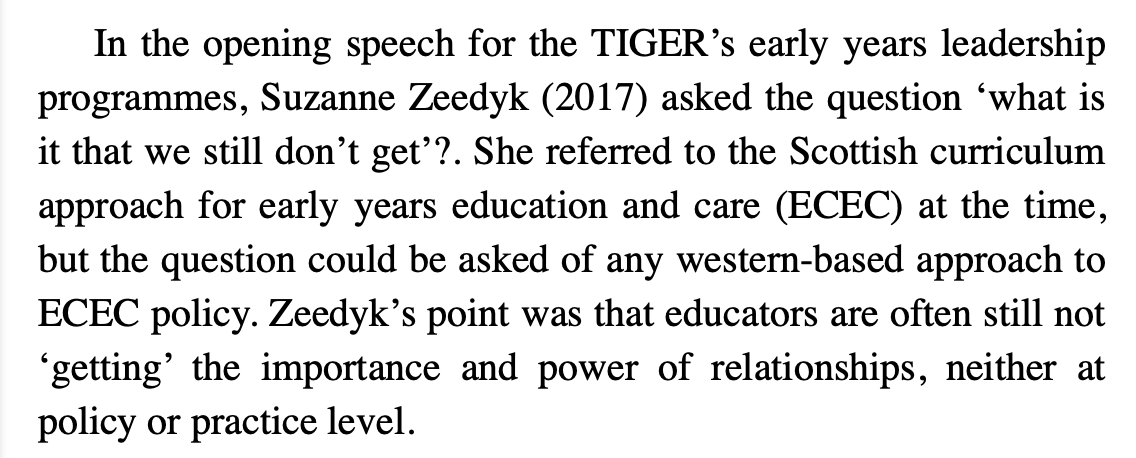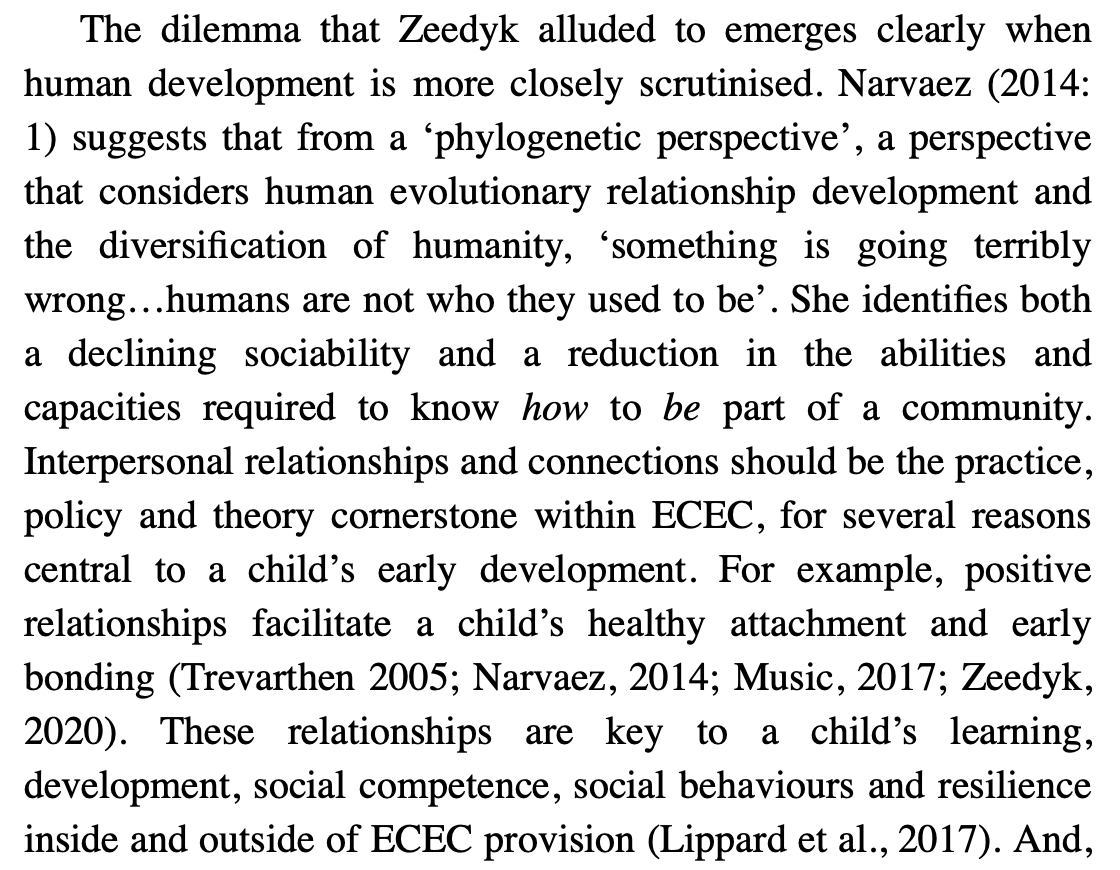A THREAD of #Gratitude to greet the day! As many of you know, I start every day with such a post. Today’s moment is ths vivid expression of awe & wonder frm ths precious child. (Thank you for yr post, Mum Lisa.) Her expression shows us somethng fundamental abt human emotionality.
https://twitter.com/lisafleisher/status/1301905810013007872
2. Don’t miss how, at .01, the pitch & volume of her voice rises with excitement about t waterfall. So does her hand & arm. Both rise. Her body is ^coordinated* in its emotional experience of t world. That is key to her expression of her emotions & our ability to perceive them.
3. That vocal-bodily coordination is what infant psychologist Colwyn Trevarthen calls “Communicative Musicality”, in his groundbreaking 2009 book. It explores the “intrinsic musical nature of human interaction.” amazon.co.uk/Communicative-…
4. The little girl’s emotional experience of t moment, of t waterfall, is not just internal. It is expressed in t coordinated movement of her body, permitting others to SHARE in her emotional experience of the world. The sharing is part of the magic of human interaction.
5. We do this sharing intuitively all the time. Just look at Mum Lisa’s post! She 1) comments on the joy of seeing her child’s face, 2) shows the viewer what the awe is about (the amazing waterfall), 3) posts about her joy in sharing the moment w/ her daughter.
6. And the very very best bit is that children demand such sharing of us!! Look at .13 of the film. She looks straight at Mum. “Are you seeing this???” She looks be sure her mum is SHARING this amazing event! She unconsciously & instinctively drives & craves the sharing.
7. Too often our culture treats babies as passive recipients of the world. They aren’t. They are active, engaged participants. Human beings are communicative beings from birth. We seek companionship for life to feel vital. That is t point of t theory of Communicative Musicality.
8. Here is t way t book’s summary puts it: “speaking & moving in rhythmic musical ways is the essential foundation for all forms of human communication, even the most refined, just as it is for parenting, good teaching, creative work in the arts.” amazon.co.uk/Communicative-…
9. In short, all human interactn is a form of jazz. It is spontaneous, in t moment, coordinated, simultaneously created &expressd. It is deeply profound &yet ordinary. That is ALL captured in ths 15-sec clip!! That’s why 285K ppl have liked it! They intuitively perceive ths stuff
10. Please can I repeat what I just said? I didn’t say human interaction is “like” jazz. I said it “is” jazz. That is t point of Communicative Musicality. What we think of as formal “music” grows frm t musicality of our own bodies — of our coordinated, shared experience of LIFE.
11. This insight is profound. Human beings are born connected. To feel alive & vital, we need connection. Til we die. Yep, this video is joyous. But it isn’t only that. It is also profound. This child Simone, w/ her mum & dad’s help, teaches us all about the profundity of life.
https://twitter.com/lisafleisher/status/1301905810013007872
12/end. So let me end my thread with that - wishing you all a weekend in which you experience a bit of awe & wonder - and hoping you can find someone, even a stranger on the street, to share the moment with. We humans were born to connect. Happy Saturday. #Grateful
I hope all of you might enjoy my thread on human musicality: @Dr_Pam_Jarvis @rhonamatheson @Graham_Goulden @annanewell @kirknursery @StarcatchersUK @UpstartScot @JKnussen @BenjaminPerks @delafieldbutt @realdcameron @lullabynursery @paulinescott222 & especlly @BlueRoseCode
I hope you might all enjoy my thrd on human musicalty &joy @FJRMonifieth @connectionwork1 @fionalarkin13 @ShivieSmith @JaneyGodley @Prev_Justice @JohnCarnochan @john_jonart @tony2gammidge @JoTHogan @margl43 @reneecl23191126 @sallycroachy @EYTalking @sarahkendzior @TheBabyExpert
Welcome to Twitter @ChiltonPearce . I think you will like this, grounded as you are in the magical child. 😊 Thanks for following me. #Grateful
• • •
Missing some Tweet in this thread? You can try to
force a refresh





















